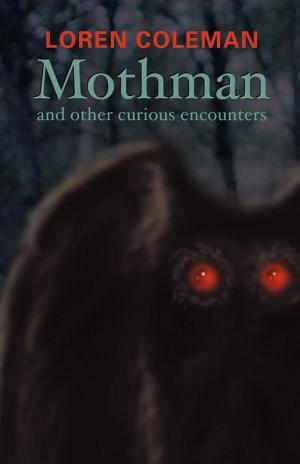The Body of Frankenstein's Monster
Essays in Myth and Medicine
Nonfiction, Social & Cultural Studies, Social Science, Folklore & Mythology| Author: | Cecil Helman | ISBN: | 9781616406417 |
| Publisher: | Paraview Press | Publication: | April 1, 2004 |
| Imprint: | Paraview Press | Language: | English |
| Author: | Cecil Helman |
| ISBN: | 9781616406417 |
| Publisher: | Paraview Press |
| Publication: | April 1, 2004 |
| Imprint: | Paraview Press |
| Language: | English |
Frankenstein. Werewolves. Dracula. These images aren't just imaginary creatures—they're also powerful symbols of the body. The body can be thought of as a machine made up of parts like Frankenstein's monster, or as a creature ruled by animalistic urges, or as an entity that's vulnerable to infection from a diseased fiend. In The Body of Frankenstein's Monster, Cecil Helman, M.D., expands our view of our bodies by exploring its cultural and artistic representations.
Frankenstein. Werewolves. Dracula. These images aren't just imaginary creatures—they're also powerful symbols of the body. The body can be thought of as a machine made up of parts like Frankenstein's monster, or as a creature ruled by animalistic urges, or as an entity that's vulnerable to infection from a diseased fiend. In The Body of Frankenstein's Monster, Cecil Helman, M.D., expands our view of our bodies by exploring its cultural and artistic representations.















